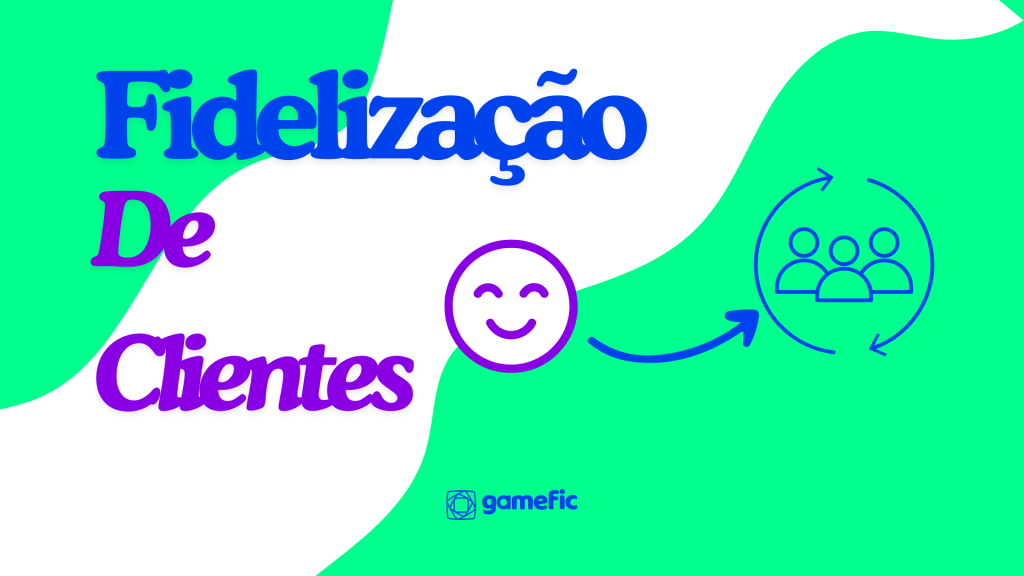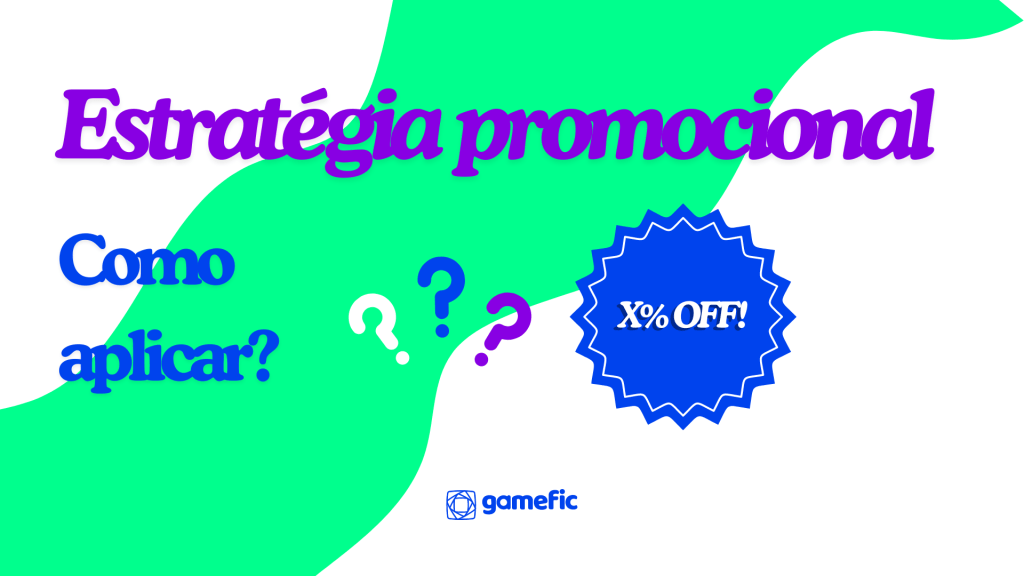Organizations are driven by goals and objectives.
Successful completion, however, depends on the commitment and engagement of who should perform the tasks.
In this sense, it is essential to have a differentiated strategy to maintain the focus and attention of employees.
Gamification has been widely used for these purposes. Especially because it is a tool that adds elements of games to people’s daily lives and offers a new dynamic for the execution of tasks.
Although gamification is on the rise, many companies are unaware of the impact of investing in technology and the benefits of gaming on the desktop.
So we are going to give you important tips on how to identify when it is time to think about gamification and where to start implementing it.
First: innovation and benefits
Índice
Gamification is part of innovative strategies for motivating and engaging teams. It enhances results in e-learning and brings several benefits to the business environment. Between them:
- Improving the organizational climate
- Increased productivity
- Valuing healthy competition
- Instant feedback opportunity
- Skills development
- Good performance rewards
- High learning level
- Cooperation and interaction between people
It is worth remembering that to feel the real benefits, gamification must be well thought out and structured before putting it into practice. This avoids being seen only as fun and not as a way of professional evolution and development.
But, after all, where to start?
The implementation of gamification in work environments goes much further than hiring a company that supplies the tool. It should not be used as a form of distraction for employees.
That is, gamification must first be necessary and make sense for your goals. We will understand better in the following topics.
Identifying a problem
Gamification is used to supply a company’s need or disability. Be it motivation, engagement or evolution of knowledge of the team members.
In this case, the managers must map the needs, understand what must be improved in order to start implementing the games in the work environment.
Define an audience
After identifying the need that gamification should meet, it is essential to point out a target audience, a persona. With the detailed characteristics of those who will participate in the gamification process, the construction of a narrative that makes sense to users is facilitated. This increases the identification of the problem and ensures more effective development.
Have a clear strategy
The next step is to define the expected results with the use of gamification and the ways in which the company wants to achieve them. At this stage, it is essential to align the company’s objectives with the characteristics of the defined public, so that there is no breach of expectations.
The important thing in this process is to maintain the balance in difficulty and level of demand of the game. Tasks that are too easy can decrease engagement, while more complex tasks can decrease the participation rate of users.
An important tip here is: use proportional rewards at each level, according to the degree of difficulty of the achievement.
Specialized partnerships
The choice of a partner for the implementation of gamification is one of the crucial points in the process. Seek reference from companies with a proven portfolio that offer quality support for quick problem solving.
Disclosure and incentive
It’s time to publicize the new platform to the previously defined audience!
Here, the important thing is to be clear. Show what the platform is about, what the objectives and expected results are.
Not only is it important, but also the maintenance of communication encourages the user to continue on their journey with a high level of learning, motivation and productivity.
Constant monitoring
Making the most of the data that the platform offers is the biggest differential in the use of gamification in companies.
Through the indicators it is possible to identify levels of engagement, in addition to good and bad performances, thus being able to offer feedbacks for the growth of individuals.
Measurement of results
Finally, as every game has an ending, study all the results presented at the end of the defined audience’s journey. Understand if the goals were hit, what the lessons that gamification provided for that group of collaborators and what can still be improved in a new experience.
A play in innovation
Gamification is part of strategies that cause great positive impacts on teams and favors individual and collective professional growth.
It accelerates results and contributes to increased productivity and quality of service delivery. In addition, of course, to encourage healthy competition and create a much more pleasant work environment.
Want to know more about gamification? Meet Gamefic!







